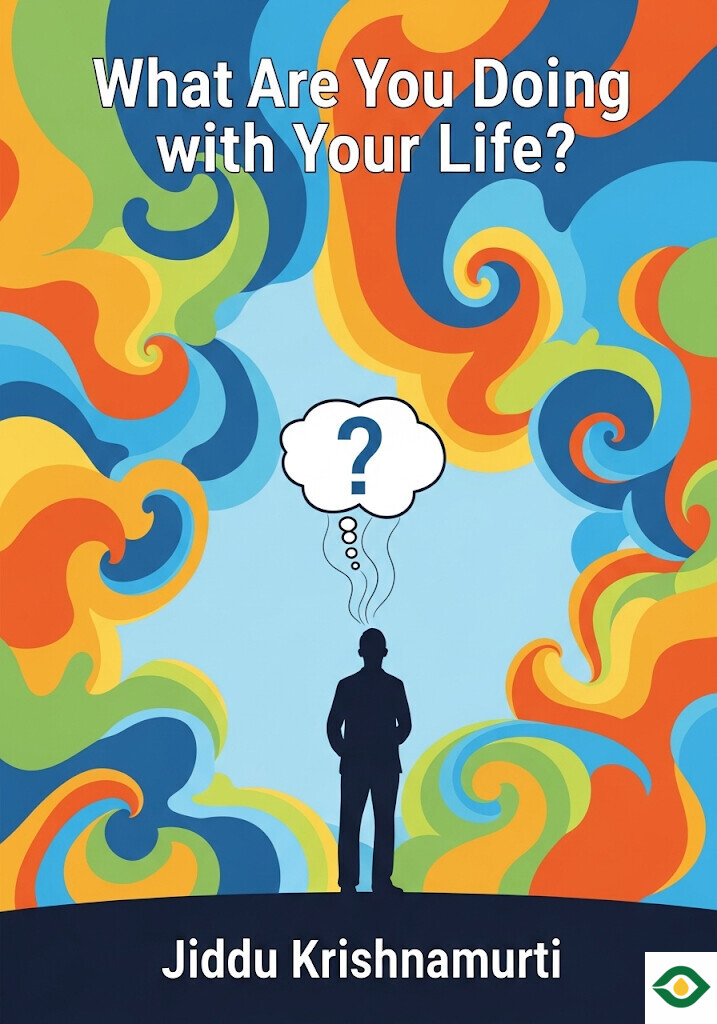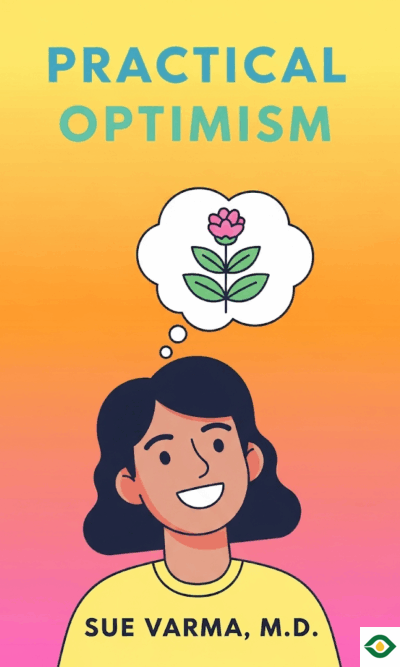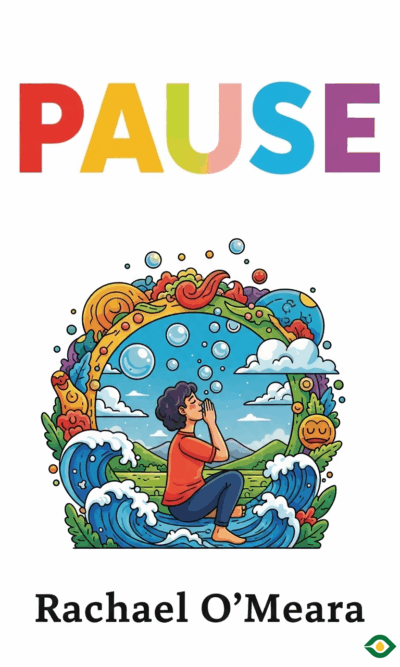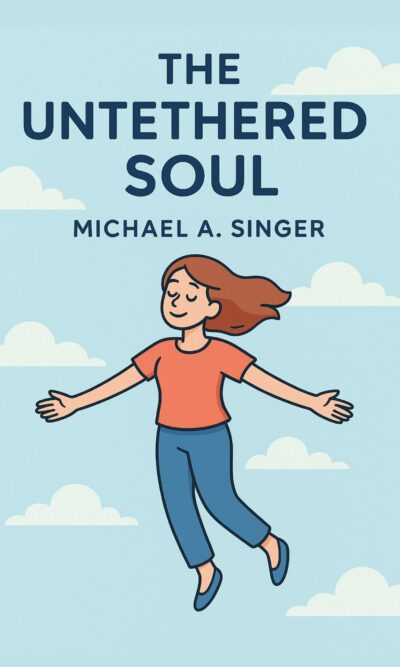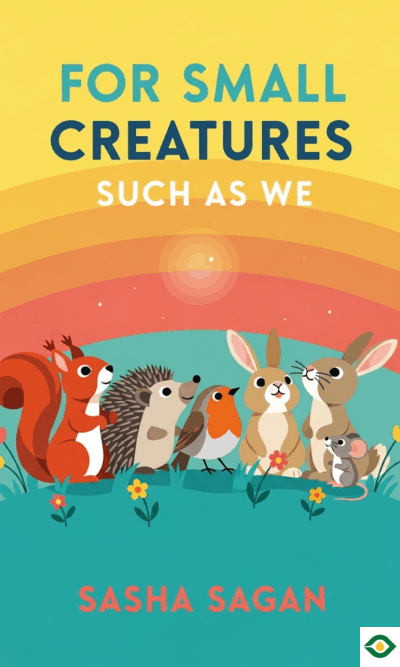Description
Life often feels like a puzzle we are trying to solve. People ask: What is the meaning of life? Why are we here? How can we be truly happy? These questions have followed humanity for centuries. Yet, according to this book, the way we usually approach them may be flawed. Instead of searching for ready-made answers or looking for permanent happiness, we should learn to see life as it is—without illusions, conditioning, or false promises.
From the very beginning of our lives, we are shaped by the cultures we are born into. Family, school, religion, society, and traditions all leave their mark on the way we think. For example, love may seem like something universal, but what you imagine when you hear the word “love” is deeply shaped by your background. Maybe you picture weddings, romantic gestures, or parental care. Someone else might imagine love differently, based on their culture. This conditioning creates narrow views, preventing us from seeing life in its full depth. To live more truthfully, we need to step outside this conditioning and observe how our mind works. Only then do we begin to see the world clearly.
When people think of changing the world, they often imagine revolutions. History is filled with stories of nations rising against injustice, overthrowing systems, and starting over with new rules. But the book argues that real transformation cannot come from revolutions or political movements. Systems are built by people, and unless individuals themselves change, society will return to the same problems again and again. The real revolution is inner. Each person must transform their own way of thinking, seeing, and acting. The roots of war, inequality, and suffering lie not in abstract systems like capitalism or religion, but in the human mind—especially in the idea of the isolated self, the “I” that desires power, success, and control. By watching ourselves closely and recognizing when ego drives us, we can begin to free ourselves from this endless cycle.
A major theme of the book is happiness. Almost everyone pursues it, believing that happiness is life’s highest goal. As children, joy comes easily—we find delight in play, nature, and simple experiences. But as adults, happiness seems harder to hold onto. We chase it in relationships, careers, possessions, or status. The moment we achieve something, fear of losing it appears. The love we desired turns into fear of abandonment. The wealth we gain becomes a source of anxiety about keeping it. The truth is that happiness, as we usually imagine it, does not last. Life itself is always changing, and nothing can provide permanent comfort or security.
This realization may sound discouraging, but the book presents it as liberating. If we stop demanding lasting happiness and instead accept the fleeting nature of joy, we can finally live freely. Happiness, like all of life, comes and goes. By living moment to moment, without clinging, we can taste a deeper peace.
Another important distinction the author makes is between intellect and intelligence. Intellect refers to the analytical, logical, and learned ability to solve problems. It is sharpened by education and training. But intellect alone cannot grasp the wholeness of life. Intelligence, on the other hand, is a harmony of thought and feeling. It is the quiet perception of truth that arises when the mind is still and attentive. To truly understand people, art, or nature, one must engage intelligence, not just intellect. When the mind is noisy with analysis, truth slips away. Intelligence comes through awareness, silence, and openness.
The book also challenges how we deal with boredom. Modern life offers countless distractions—entertainment, social media, work, relationships—yet boredom always returns. Instead of running away from it, the suggestion is to face boredom directly. When we feel dull or restless, it may reveal something important about ourselves. Perhaps we are exhausted, uninspired, or disconnected. By sitting with boredom and observing it without judgment, we can uncover its roots. Escaping boredom with constant activity only deepens the cycle, leaving us empty again. True freedom comes from understanding boredom rather than avoiding it.
At the heart of the book lies the question: What is the purpose of life? Many traditions, religions, and philosophies have tried to answer this. Some say it is to serve God, others say it is to seek happiness, power, or meaning. But the book insists that the very question might be misguided. Asking for life’s purpose assumes life must point to something beyond itself. But what if the purpose of life is simply life itself? The endless search for meaning makes us overlook the richness of existence happening right now.
When we look for purpose outside the present, we often do so because life feels empty or unsatisfying. We imagine that purpose lies in some far-off goal—success, enlightenment, or eternal truth. But life’s true beauty is not in reaching a final purpose. It is in living deeply, in awareness of the moment, without trying to escape into grand answers. Life is extraordinary enough just as it is.
The message is both simple and radical: Stop searching for fixed answers. Let go of the need for certainty. Watch your mind, understand your conditioning, and see how ego shapes your actions. Accept the fleeting nature of happiness, the reality of boredom, and the mystery of existence. Do not depend on ideology, systems, or external authorities to give life meaning. Instead, experience life directly, fully, and attentively.
When you realize this, the world looks different. Change no longer feels like something to be achieved through revolutions or external transformations. It begins in the quiet act of observing yourself. From there, relationships, society, and even the larger world can change, because they are all built from individuals.
In the end, the book does not offer easy solutions, nor does it promise permanent joy. What it offers is freedom—the freedom to see clearly, to live without illusions, and to embrace life itself as the only true purpose.

